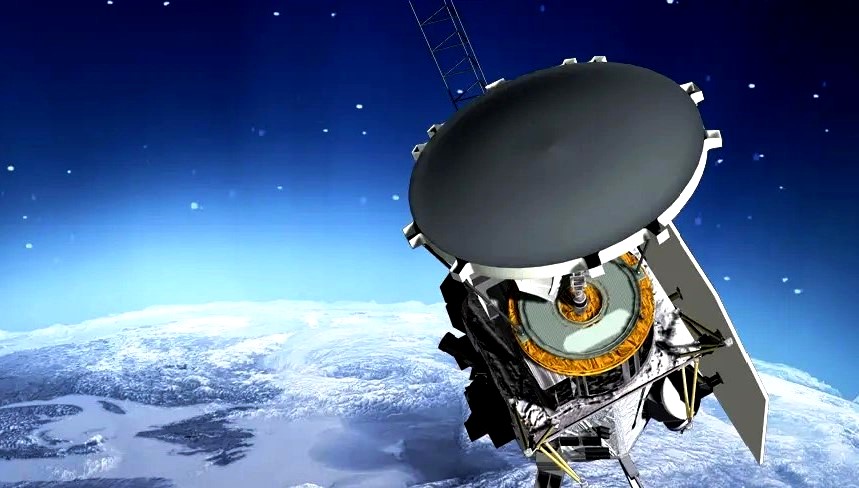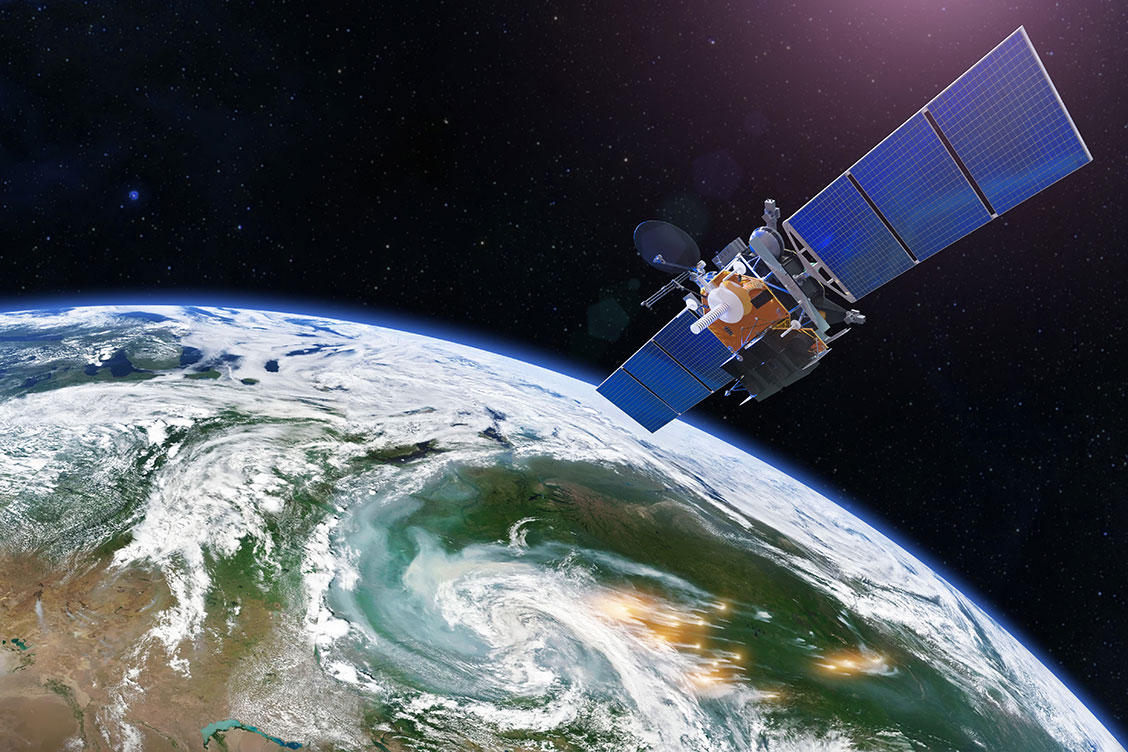Inmarsat to partner with Geoscience Australia for SBAS Testbed
%20ss_563524507%20-%20Copy.jpg)
Above:
Australia at night (from space elements furnished by NASA).
Courtesy Jayjune69 / shutterstock
Inmarsat has signed an agreement with Geoscience Australia, an agency of the Commonwealth of Australia, to support a collaborative research project aimed at achieving enhanced positioning accuracy and integrity by augmenting signals from multiple Global Navigation Satellite Systems (GNSS) over the Australian continent.
The research project, which is scheduled to run for two years, will see Inmarsat deploying the transponder on-board its L-band Asia Pacific (APAC) Region satellite, Inmarsat-4 F1 (I-4 F1), to provide the space component of the Second Generation Satellite-Based Augmentation System (SBAS) Testbed.
GNSS signals are critical tools for industries requiring exact precision and high confidence. For the first time anywhere in the world, this project will demonstrate how the use of signals from multiple GNSS, i.e. GPS and Galileo, and SBAS signals broadcast on dual frequencies (GPS L1 and L5), can achieve enhanced navigation performance in terms of user positioning integrity and accuracy.
Inmarsat will join in the collaborative project Lockheed Martin who will provide systems integration expertise, along with the radio frequency uplink station and GMV (Spain), one of the leading suppliers of satellite ground segment equipment, who will be responsible for the provision of magicSBAS – a state-of-the-art, multi-constellation, operational SBAS -processors to generate the GNSS augmentation message.
While basic global navigation satellite system signals are sufficient for some civilian user applications for timing, positioning and navigation purposes, further augmentation is required to meet more exacting requirements and the second generation SBAS will provide this accuracy and integrity.
The Navigation Payload on Inmarsat’s I-4 F1 satellite is a dual-channel bent-pipe transponder, which provides mobile users with two SBAS navigation signals at both GPS L1 and L5 frequencies. The I-4 F1 satellite was the first in the world to be launched carrying a transponder capable of broadcasting SBAS signals at both GPS L1 and L5 frequencies.
“Being part of this innovative research project is testament to our important heritage on satellite navigation matters,” said Claudio Soddu, Inmarsat VP for Navigation and Special Projects. “A second generation SBAS testbed is a natural continuation of the concept of augmenting satellite navigation systems with a separate satellite data and ranging channel that we helped pioneer. Having previously been involved in testbeds and operational systems in other regions of the world, this collaboration showcases our capabilities in the Asia-Pacific region and potentially opens the door to further research and development projects in the future.”













